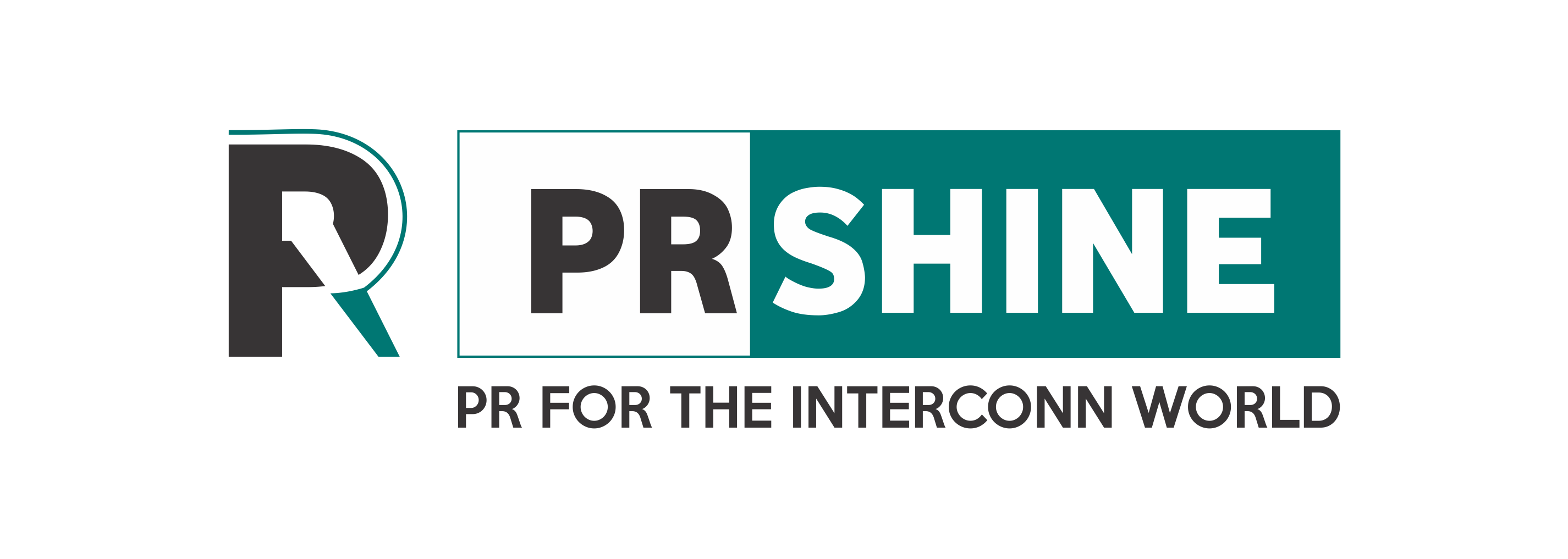Importance of Conducting Patient Surveys in Healthcare
Spade Health provides Patient Satisfaction Survey Services, assisting healthcare organizations in gathering valuable feedback and improving the patient experience.

Table of Contents:
1.What are patient surveys?
2.Why Are Patient Satisfaction Surveys Important?
3.Patient Satisfaction Survey Questions
3.How online surveys can help improve healthcare services
4.How Spade Health Work
5.Conclusion
Patient satisfaction surveys are now being conducted by an increasing number of healthcare organizations, clinics, and general practitioners. Online surveys are a straightforward approach to collecting information for identifying gaps in customer service and understanding how to enhance services.
Healthcare providers must fulfill increased demands while providing appropriate medical treatments. Understanding the significance of assessing patient happiness has become critical for medical professionals seeking to flourish in this new environment.
Customer satisfaction has always been a crucial aspect in moving business forward, and it has now become an issue in the medical realm as well. The key reason for this is that in today’s healthcare sector, providing patients with the finest possible treatment is critical.
Conducting patient satisfaction surveys will assist healthcare professionals to determine whether they are reaching their patients’ expectations or if they are falling short in any way.
This article covers what are patient surveys, why they are important, patient satisfaction survey questions, and how online surveys can assist in improving healthcare services.
What are Patient Surveys?
Patient survey is a method of collecting feedback and information from individuals who have received healthcare services. These surveys are designed to gather patients’ opinions, experiences, and satisfaction levels regarding their interactions with healthcare providers, facilities, and the overall quality of care they have received.
Why Are Patient Satisfaction Surveys Important?
In the healthcare industry, patient surveys offer various essential purposes, including:
Improving Quality of Care:
Patient satisfaction surveys provide valuable feedback that healthcare providers and organizations can use to identify areas where they excel and areas in need of improvement. By addressing specific concerns and issues raised by patients, healthcare providers can enhance the quality of care they deliver.
Patient-Centered Care:
These surveys help healthcare organizations better understand patients’ preferences, needs, and expectations. This information allows providers to tailor their services to be more patient-centered, ensuring that care plans align with patients’ goals and values.
Enhancing Communication:
Effective communication between patients and healthcare providers is essential for positive health outcomes. Patient satisfaction surveys can highlight communication gaps or issues, prompting healthcare providers to improve their communication skills and practices.
Accountability:
Publicly reported survey results can hold healthcare providers and organizations accountable for the care they deliver. Patients often use this information to make informed decisions about where to seek healthcare services, and it can influence the reputation and success of healthcare facilities.
Regulatory Compliance:
In some healthcare systems, patient satisfaction surveys are required by regulatory agencies as part of the accreditation process. Meeting these requirements is essential for maintaining compliance and demonstrating a commitment to quality care.
Benchmarking:
Healthcare organizations can use patient satisfaction survey results to benchmark their performance against regional, national, or industry standards. This helps them identify whether they are meeting or exceeding the expectations of their patient population and how they compare to other providers.
Continuous Improvement:
Patient satisfaction surveys are an ongoing process, encouraging healthcare providers to continually assess and improve their services. Regularly collecting feedback allows organizations to track changes in patient satisfaction over time and measure the impact of improvement efforts.
Enhancing Reputation:
Positive survey results can boost the reputation of healthcare providers and organizations. Patients are more likely to choose providers with a track record of high patient satisfaction, leading to increased patient volume and revenue.
Reducing Litigation Risk:
High levels of patient satisfaction can contribute to a more positive patient-provider relationship, potentially reducing the likelihood of malpractice lawsuits or patient grievances.
Patient Engagement:
Involving patients in the feedback process through surveys can enhance patient engagement and empower individuals to take an active role in their healthcare.
Overall, patient satisfaction surveys serve as a valuable tool for healthcare providers and organizations to continuously assess and improve the patient experience, enhance the quality of care, and meet the evolving needs and expectations of their patient populations. They contribute to a patient-centered approach to healthcare and help build trust between patients and healthcare providers.
Patient Satisfaction Survey Questions
Designing effective patient satisfaction survey questions is crucial to gather meaningful feedback that can be used to improve healthcare services and patient experiences.
Here are some common categories of questions you might consider when creating a patient satisfaction survey, along with examples:
General Experience:
1.On a scale of 1 to 10, how would you rate your overall experience with our healthcare facility?
2.What did you like most about your recent visit to our facility?
3.Is there anything specific that could have been done to improve your experience?
Communication:
1.How well did your healthcare provider explain your condition and treatment options to you?
2.Did you feel that your healthcare provider listened to your concerns and questions?
3.Were you given clear instructions on how to manage your condition at home?
Staff Interactions:
1.How would you rate the friendliness and courtesy of the receptionist/nursing staff/physician, etc.?
2.Did the staff treat you with respect and dignity during your visit?
3.Were you kept informed about any delays or changes in your appointment or treatment plan?
Access and Wait Times:
1.How long did you wait before being seen by a healthcare provider?
2.Was the appointment scheduling process convenient for you?
3.Were your wait times reasonable, and if not, what could be done to improve them?
Facility Cleanliness and Comfort:
1.How would you rate the cleanliness and regulation of our facility?
2.Were the waiting areas comfortable and welcoming?
3.Did you feel safe and secure during your visit?
Information and Education:
1.Were you provided with understandable information about your diagnosis and treatment options?
2.Did you receive educational materials or resources related to your condition?
3.Were your questions about your health answered to your satisfaction?
Treatment and Care:
1.Did you feel that the treatment you received was effective in addressing your health concerns?
2.Were the healthcare providers thorough in their examination and assessment of your condition?
3.Were you involved in decisions about your treatment plan?
Billing and Financial Experience:
1.Were you satisfied with the clarity of your billing statement and the explanation of charges?
2.Did you encounter any billing issues or challenges, and if so, how were they resolved?
3.Were payment and insurance processes straightforward?
Recommendation and Loyalty:
1.Would you recommend our healthcare facility to friends or family?
2.How likely are you to return to our facility for future healthcare needs?
3.Do you have any additional comments or suggestions for improvement?
Demographic Information:
1.What is your age group?
2.What is your gender?
3.What is your primary reason for seeking care during this visit?
When designing a patient satisfaction survey, it’s important to strike a balance between closed-ended questions (e.g., multiple-choice or rating scale questions) and open-ended questions that allow patients to provide specific comments and suggestions.
This combination helps gather both quantitative data and qualitative insights, providing a more comprehensive view of patient satisfaction and areas for improvement.
Additionally, keep the survey concise and easy to complete to encourage participation. Pilot testing the survey with a small group of patients can also help identify any issues with question clarity or wording.
How Online Surveys Can Help Improve Healthcare Services
Online surveys can play a significant role in improving healthcare services in several ways:
Gathering Patient Feedback:
Online surveys provide a convenient and efficient way to collect feedback from a large number of patients. This feedback can include opinions, experiences, and suggestions for improvement, allowing healthcare providers and organizations to understand patient perspectives better.
Identifying Areas for Improvement:
By analyzing the data from online surveys, healthcare organizations can identify specific areas where they may be falling short in delivering high-quality care. This might include issues related to communication, wait times, facility cleanliness, or the patient-provider relationship.
Benchmarking and Comparison:
Healthcare facilities can use online surveys to benchmark their performance against regional, national, or industry standards. This helps them understand how they compare to their peers and identify areas where they may need to catch up or where they excel.
Tailoring Services:
Patient feedback collected through online surveys can help healthcare organizations tailor their services to better meet the needs and preferences of their patient populations. For example, they can make changes to appointment scheduling, communication methods, or support services based on patient input.
Monitoring Trends over Time:
Regularly administered online surveys enable healthcare providers to monitor trends in patient satisfaction and track changes in performance over time. This can help assess the effectiveness of quality improvement initiatives and ensure that improvements are sustained.
Engaging Patients:
Involving patients in the feedback process through online surveys can enhance patient engagement. When patients feel their opinions are valued and acted upon, they are more likely to have a positive perception of their healthcare providers and take an active role in managing their health.
Reducing Complaints and Legal Risks:
By proactively addressing issues raised in patient surveys, healthcare providers can reduce the likelihood of formal complaints or legal actions, thereby saving both time and resources.
Resource Allocation:
Online surveys can help healthcare organizations allocate resources more effectively. By understanding the areas of care that are most important to patients, providers can prioritize improvements and allocate resources where they are most needed.
Enhancing Reputation:
Positive survey results can enhance the reputation of healthcare providers and facilities. Patients are more likely to choose healthcare providers with high patient satisfaction ratings, which can lead to increased patient volume and revenue.
Data-Driven Decision-Making:
Online survey data provides a solid foundation for data-driven decision-making. Healthcare administrators and providers can make informed decisions about resource allocation, training, and process improvements based on the feedback received.
It’s important to note that the success of online surveys in improving healthcare services relies on several factors, including the design of the survey questions, the accessibility of the survey to diverse patient populations, and the commitment of healthcare organizations to act on the feedback received.
Regularly analyzing survey data and implementing changes based on patient input are critical steps in the process of using online surveys to enhance healthcare services.
How Spade Health Work
Spade Health offers comprehensive Customer Satisfaction Survey Services to assist healthcare professionals in understanding their customer’s reactions to their services, from appointment scheduling through follow-up visits, in order to discover gaps and areas for development.
Our skilled team of Healthcare Research and Data Analysts produces cost-effective, professional-looking patient satisfaction surveys to assist you in capturing trustworthy, unbiased patient survey data in order to acquire quick and significant insight into your services for essential alterations and improvements. Our HIPAA-compliant patient satisfaction surveys guarantee a high response rate as well as honest feedback on your products and services.
-Health Plan Surveys
-Clinic Visit Surveys
-Employee Survey
-Pharmacy Assessment Survey
-Eating and Dietary Routines Survey
-Dental Patient Survey
-Discharge Survey
Conclusion
Although Patient Satisfaction Surveys require time and effort commitment on the part of healthcare practices, assessing patients’ impressions is a vital component of patient-centered care. Feedback from satisfaction surveys can provide valuable insight, assist in identifying potential problems and service gaps, and help concentrate QI actions. Implementing satisfaction surveys effectively and acting on their findings will reflect healthcare practices’ dedication to the patient experience and high-quality care.
Patient satisfaction surveys are essential tools for Healthcare Practitioners. They provide useful information, increase communication, and empower patients. In an increasingly data-driven healthcare world, healthcare providers may improve service quality, develop trust, and strive for perfection by prioritizing the patient experience.
Spade Health provides Patient Satisfaction Survey Services, assisting healthcare organizations in gathering valuable feedback and improving the patient experience. Our experience and customized solutions help providers enhance care quality and strengthen patient-provider interactions.
If you are not already using patient satisfaction surveys, we encourage you to start now!
They are a valuable tool that can assist you in improving your practice and providing better care to your patients. Speak with our Healthcare Research Expert to outsource patient satisfaction services and enjoy the peace of mind that comes with our quality and cost. Request estimation by email at sales@spaderesearch.com


 spaderesearch
spaderesearch 









